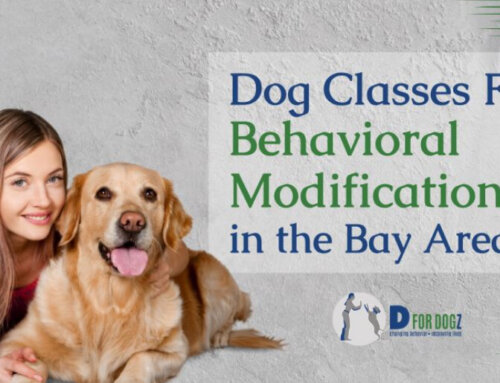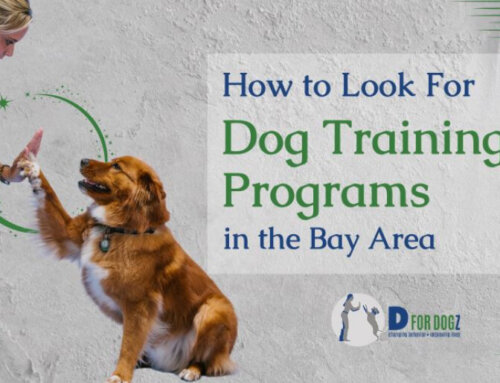Advanced Obedience Training for Dogs in San Jose, Bay Area

In the bustling environment of San Jose and the broader Bay Area, dog owners seek more than just basic obedience from their canine companions. Advanced obedience training emerges as a crucial component for dog owners aiming to ensure their pets exhibit exemplary behavior in a variety of settings, from crowded public spaces to serene home environments. This specialized form of training transcends the fundamentals of sit, stay, and come commands, venturing into intricate skills that foster a deeper understanding and communication between dogs and their owners.
In this guide, let’s explore different local training programs and expert tips aiming to serve as a comprehensive resource for achieving the highest standards of canine obedience and companionship.
Key Takeaways
- Off-leash reliability is essential for dogs to safely navigate the diverse environments of the Bay Area, emphasizing the need for gradual desensitization to distractions.
- Complex commands and sequencing enhance a dog’s cognitive abilities and responsiveness, demonstrating the depth of their training and discipline.
- Behavioral adjustment training is key to addressing and correcting specific issues, ensuring dogs adapt positively to their surroundings and social requirements.
- Continuous socialization and tailored positive reinforcement strategies are critical for maintaining well-behaved and confident dogs in various social settings.
Training #1: Off-Leash Reliability
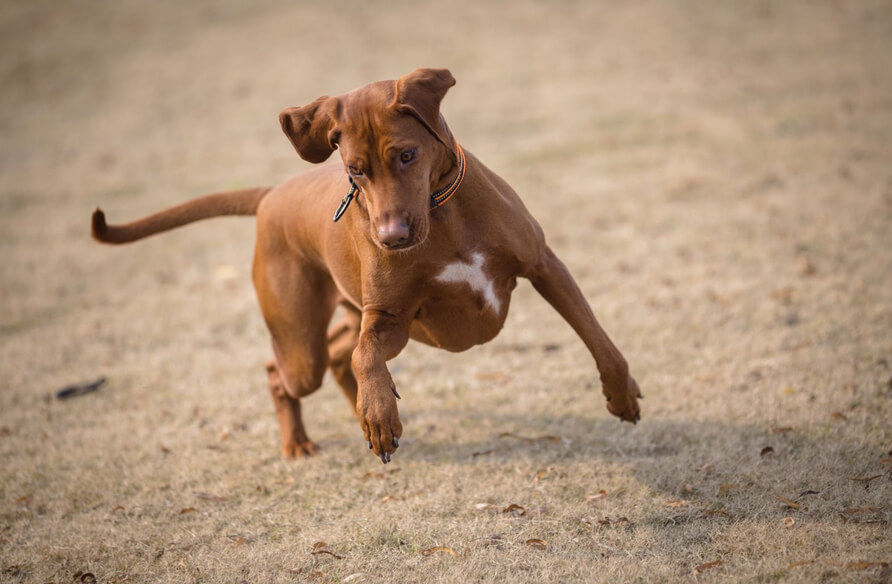
Off-leash reliability stands as a cornerstone of advanced obedience training for dogs, especially in the diverse and often crowded environments of San Jose and the Bay Area at large. This aspect of training is not merely about allowing dogs the freedom to explore without physical constraints; it’s about ensuring they can behave responsibly and respond to commands amidst various distractions.
- Gradual Desensitization to Distractions: Begin with low-distraction environments and gradually introduce more challenging ones, rewarding your dog for maintaining focus. For example, start in a quiet room and slowly move to a park with other animals and people.
- Consistent Use of Commands: Maintain uniformity in verbal cues and hand signals for commands to ensure your dog recognizes and responds quickly. Use the same word for “sit” whether at home or in a crowded space, reinforcing recognition.
- Positive Reinforcement: Reward your dog for obeying commands, especially in distracting situations, using their favorite treats or play. A practical example would be giving a high-value treat right after they come to you, even with other dogs nearby.
- Incremental Leash Lengthening: Transition from a short leash to a long line, then to no leash, allowing your dog to adjust to varying degrees of freedom. You might start with a 6-foot leash, switch to a 20-foot line in a fenced area, and eventually drop the leash in safe, enclosed spaces.
- Practice in Varied Environments: Train your dog in different settings to ensure they obey commands everywhere. Practicing “stay” in both a quiet room and a busy park teaches adaptability to different distractions.
- Building a Strong Recall Command: Focus on creating a reliable recall command by practicing in increasingly distracting environments and rewarding compliance. Start recall training in your backyard, then practice in a park during off-peak hours when fewer distractions are present, always rewarding with something highly enticing.
Training #2: Complex Commands
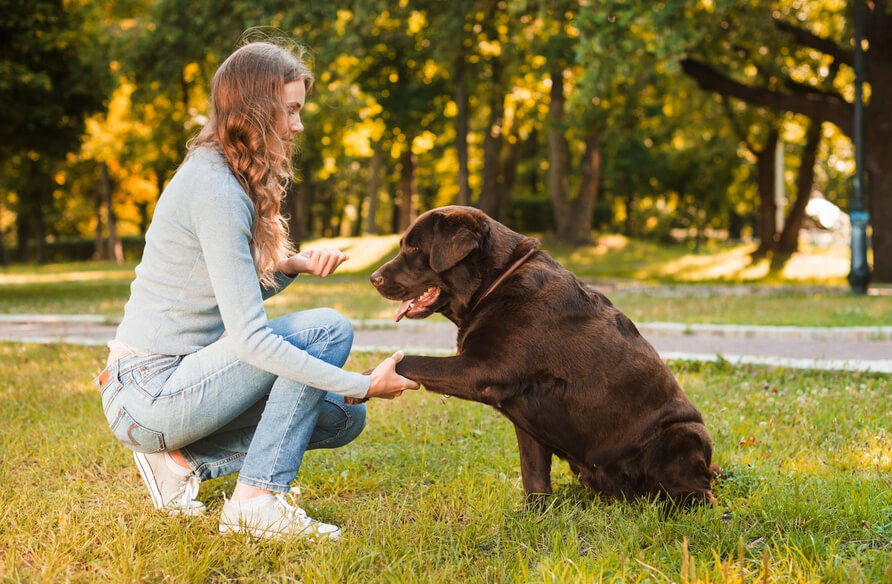
Complex commands, or the ability of a dog to understand and execute sequences of commands and behaviors, stand as a testament to the depth of their training and the strength of their cognitive abilities. This aspect of training builds upon the foundational skills acquired in basic obedience, layering additional levels of complexity and challenges that enhance a dog’s responsiveness and discipline.
Sequencing of Commands
The core of trainings and classes for complex commands lies in the sequencing of behaviors, where dogs are taught to perform a series of actions in a specific order. Initially, trainers might begin with two simple commands linked together, such as “sit” followed by “stay,” rewarding the dog only after the completion of the sequence. Gradually, the complexity and length of these sequences can be increased.
For instance, a dog in San Jose’s bustling urban parks might be directed to “sit,” “stay,” “come,” and then “heel” amidst the distractions of other dogs, joggers, and cyclists, requiring intense focus and discipline. Here’s a content matrix designed to structure the progression of training for complex commands in dogs, starting from basic commands and building towards a more intricate sequence.
| Command | Description |
| Sit | Instructs the dog to sit down on its haunches. This is often the foundational command in training. |
| Stay | Teaches the dog to remain in the position (such as “sit” or “down”) until released by a command. |
| Come | Calls the dog to return to the trainer or owner, useful for regrouping or avoiding distractions. |
| Heel | Directs the dog to walk closely beside the handler, keeping pace without pulling ahead or lagging. |
| Down | Commands the dog to lie down on the ground, a step further in controlling the dog’s movement. |
| Leave It | Teaches the dog to ignore or move away from a specified item or distraction. |
| Fetch | Instructs the dog to retrieve a specific item and bring it back to the handler. |
| Jump | Directs the dog to leap over an obstacle or object, integrating physical activity into obedience. |
| Roll Over | Commands the dog to roll its body over to one side, often seen as a more playful or advanced skill. |
| Speak | Trains the dog to bark on command, which can be used for various practical or entertainment purposes. |
Example:
A practical application of this training could involve a sequence where a dog is asked to navigate an agility course in a park, performing a “jump,” then a “tunnel,” followed by a “weave” through poles, and finally “lying down” at the end. This not only tests the dog’s obedience and understanding of each command but also their ability to follow a complex set of instructions in order.
Consistency and Patience
Achieving success with complex commands necessitates a consistent and patient approach from the trainer. Each new command sequence is introduced gradually, ensuring the dog is confident and reliable at each step before adding more complexity. Repetition in varied environments further reinforces their learning, enabling the dog to perform with equal proficiency, whether in the quiet of their San Jose home or the stimulating environment of a community park.
Training #3: Behavioral Adjustment

Behavioral adjustment through advanced obedience training is a strategic approach focused on identifying, addressing, and correcting specific behavioral issues. This process is crucial for ensuring that dogs not only coexist harmoniously with their human companions but also adapt positively to the social and environmental demands of their surroundings.
Tailored Training Approaches
A tailored training approach is developed once the behavior and its triggers are identified. This approach employs specific techniques designed to address the root cause of the behavior rather than merely suppressing its symptoms. Here are tailored techniques that you can implement with your dog who bears any of the following behaviors:
| Behavior | Technique | Approach |
| Excessive Barking | Positive Reinforcement and Quiet Commands | Identify the cause of barking and use positive reinforcement to reward quiet behavior. Introduce and reward compliance with a “quiet” command. |
| Aggression Toward Other Dogs | Desensitization and Counter-Conditioning | Gradually expose the dog to other dogs from a safe distance, pairing the presence of other dogs with positive outcomes to change the dog’s emotional response. |
| Fearfulness | Systematic Desensitization | Expose the dog to their fear triggers at a manageable intensity, rewarding calm behavior, and gradually increase exposure intensity as comfort grows. |
| Leash Pulling | Loose-Leash Walking Training | Teach the dog that walking close with a loose leash results in positive outcomes. If the dog pulls, the walk pauses until the leash is loose again. |
| Jumping on People | Ignoring and Rewarding Alternative Behaviors | Do not give attention when the dog jumps. Reward the dog when all four paws are on the ground and train an alternative greeting behavior like “sit.” |
| Counter-Surfing | Environmental Management and Positive Reinforcement | Prevent access to counters and train a “leave it” command. Reward compliance with treats and provide appropriate engagement alternatives. |
Training #4: Socialization Skills
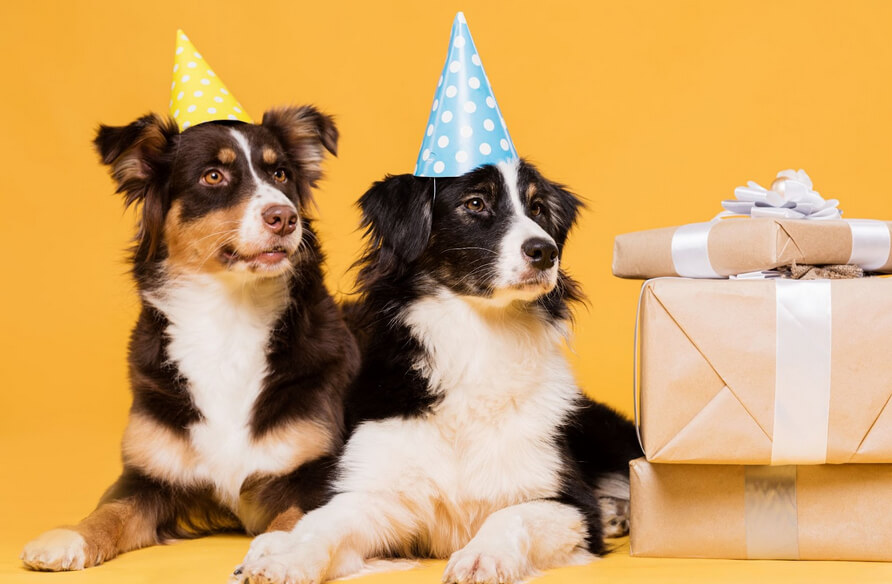
Socialization skills are critical to advanced obedience training, ensuring dogs can navigate diverse environments confidently and peacefully. This aspect of training focuses on broadening a dog’s experiences and teaching them to respond calmly and politely to various social situations.
Importance of Early and Ongoing Socialization
Socialization is not a one-time event but a continuous part of a dog’s life and learning process. It begins in puppyhood but should be maintained throughout a dog’s life. Proper socialization involves exposing the dog to different people, dogs, environments, and situations, allowing them to become accustomed to the world’s variability.
Structured Socialization Practices
The process of enhancing socialization skills should be structured and gradual. It involves:
- Positive Exposure: Introducing the dog to new experiences in a positive, controlled manner. For instance, visits to dog parks in San Jose should be conducted during less busy times initially to gradually accustom the dog to the presence of other animals and people.
- Obedience Training in Social Settings: Incorporating basic commands within social environments. Commands like “sit,” “stay,” and “come” are practiced in settings with distractions to reinforce the dog’s ability to focus and obey despite external stimuli.
- Behavioral Observation and Management: Monitoring the dog’s behavior in social settings to identify any signs of discomfort or aggression. Early detection allows immediate corrective guidance or withdrawal from stressful situations to prevent negative experiences.
Training #5: Positive Reinforcement

Utilizing treats, praise, and play effectively can transform the training process, making it more enjoyable and effective for both dogs and their owners.
Customizing Rewards
Understanding what motivates a dog is critical to effective positive reinforcement. While some dogs may be food-oriented, others prefer play or verbal affirmation. In the diverse settings of the Bay Area, from quiet neighborhoods to lively public spaces, having a range of rewards at hand allows owners to adapt to their dog’s preferences and the context of the training session.
Here’s a detailed exploration of various rewards and the behaviors they can effectively encourage:
- Food Treats: Ideal for teaching basic commands and house training. Use high-value treats for difficult tasks and lower-value ones for easy or familiar tasks.
- Verbal Praise: Best for encouraging social behavior and quietness in public. Phrases like “Good boy/girl!” reinforce positive actions immediately.
- Physical Touch: Suitable for reinforcing affectionate greetings and calmness during handling. Gentle pets or ear scratches reward and reinforce desired calm behaviors.
- Play or Toys: Effective for energetic training sessions and teaching recall. Offering a favorite toy after obeying a command can motivate and reinforce behaviors.
- Clicker Training: Useful for precise obedience training and tricks. The click sound, followed by a treat, helps the dog associate specific behaviors with rewards.
Classes Addressing these Trainings in San Jose
If you’re dedicated to finding the best training for your dog, consider these top-tier institutions tailored to various training needs and preferences. Each one offers a unique approach to dog training, ensuring that there’s a program that fits perfectly regardless of what you and your dog require.
D for Dogz in the Bay Area
D for Dogz offers comprehensive dog boarding and training services promoting well-behaved and happy dogs. Their offerings include puppy and adult dog training, reactive dog training, private and group classes, all focused on gentle and effective training methods tailored to fit the goals and lifestyles of dog owners.
Off-Leash K9 Training in San Francisco
This program is designed to achieve 100% obedience, 100% off-leash reliability, and 100% distraction-proofing, covering everything from basic obedience to severe behavioral issues. They specialize in private lessons, dog behavior consultations, and e-collar training to ensure performance in distracting environments.
Town and Country Dog Training Club
The club provides a wide array of classes for both novice and experienced handlers and dogs, including advanced classes for dog sports like AKC Obedience®, AKC Rally®, and Agility, using positive reinforcement. They also host seminars and clinics on specific topics led by accomplished trainers.
Happy Tails Dog Training
Founded by Dawna Caldwell, Happy Tails emphasizes a positive reinforcement approach in their training programs, which cover basic obedience and behavior problem-solving techniques. Dawna’s expertise in reading dogs’ cues allows personalized training sessions tailored to each dog’s needs.
Conclusion
Advanced obedience training equips dogs and their owners with the skills necessary for navigating both bustling urban environments and tranquil home spaces with ease and confidence. Dogs can achieve an exceptional level of obedience and understanding through a comprehensive approach that encompasses off-leash reliability, mastery of complex commands, behavioral adjustments, enhanced socialization skills, and the strategic use of positive reinforcement. This fosters a deeper bond between pets and their owners and ensures a harmonious coexistence within the community.
Embark on the journey to exceptional canine companionship with D for Dog Training in the Bay Area! Our specialized programs, from puppy socials to advanced obedience training, are designed to enhance the bond between you and your furry friend, ensuring they thrive in the diverse environments of San Jose and beyond.
Visit us at D for Dog Training today to learn more and sign up for a class that suits your needs.
About the Author: Kaajal Tiwary
Kaajal (aka “KT”!) loves puppies and is dedicated to getting new puppy guardians off on the right paw and guiding her students through the tough early days of owning a dog. Her goal? Transforming each bundle of raw puppy energy into the perfect adult companion.

